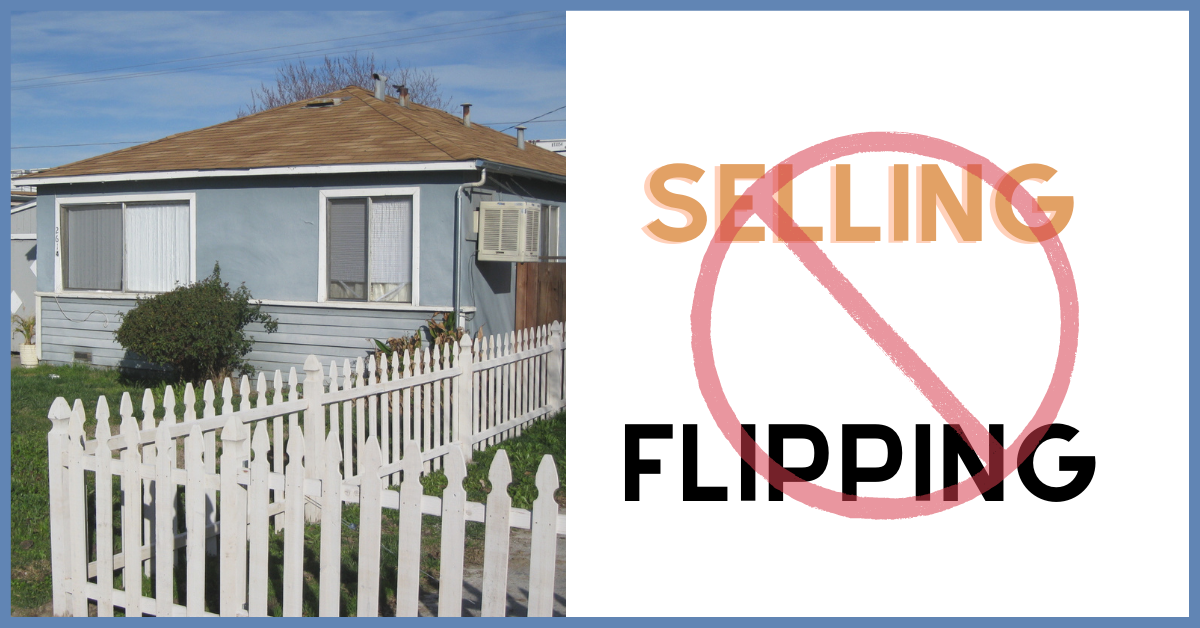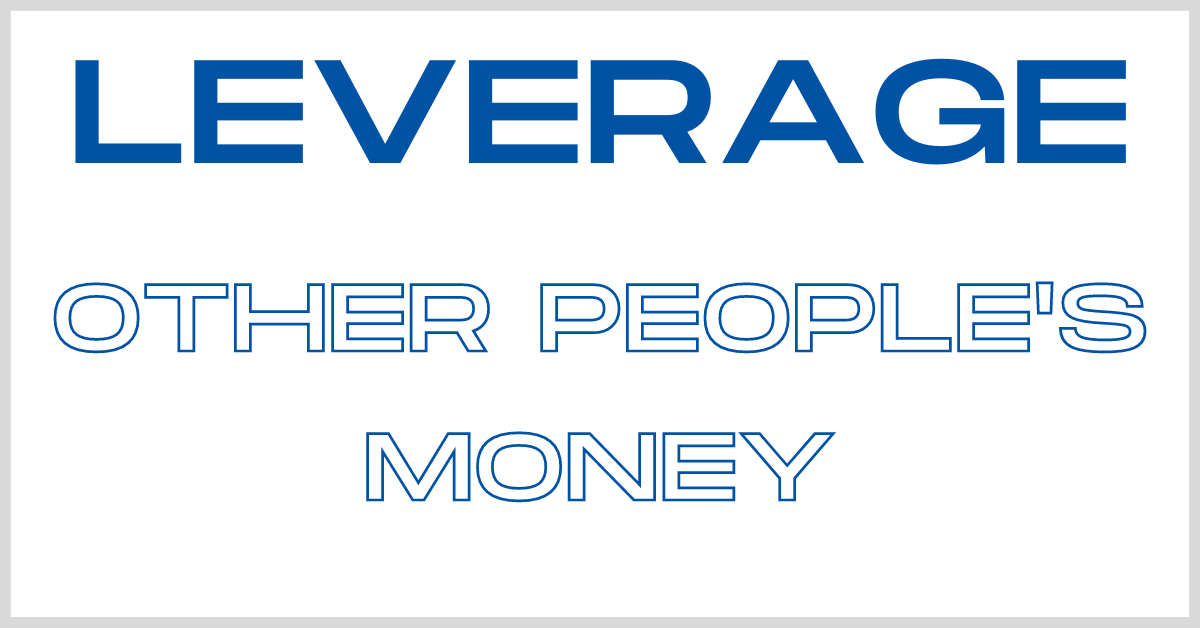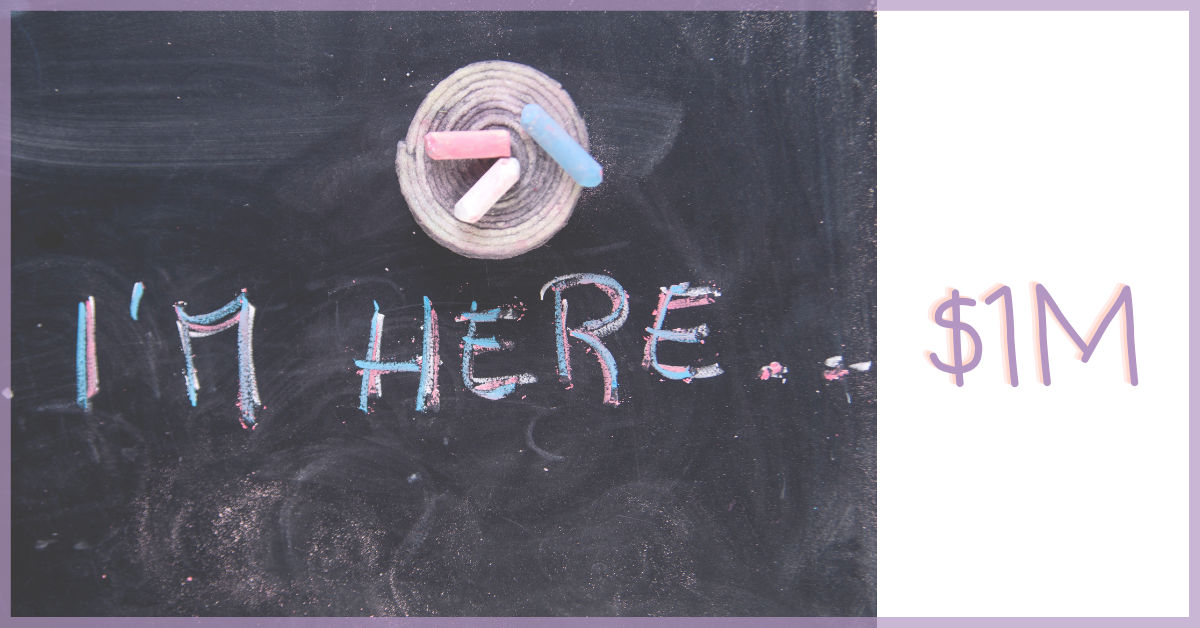Leverage & Compounding - Secrets To The Rich
Both are a magical combination to acquiring riches quicker than traditional means!
Rich folks will tell you, the secret to becoming a wealthy real estate investor is holding on to your assets – your leveraged income-producing properties, so they can continue earning and compounding over time. Compounding is a powerful ingredient for becoming rich and it begins to perform its magic when you acquire income-producing properties and simply leave them alone.

This means no selling or flipping – it means keeping them. When you combine cash flow, appreciation, debt reduction and the tax benefits, rental income properties will consistently earn 20 to 50% annually with proper management. These earnings are magnified when allowed to compound annually. Today, as I write this blog, no other investment return even comes close if it’s legal. Henry Ford obviously understood how this works when he said: “The highest and best use of your capital is not just earning money – but making those earnings work harder to earn even more.”
The word leverage is most commonly used to describe a long stick or lever used with a fulcrum to lift heavy objects. Real estate investors refer to leverage when using other people’s money (OPM)...

to help them purchase valuable income-producing properties. A common example would be purchasing a $100,000 property with only $10,000 cash down and a note or promise to pay the remaining $90,000 balance. In this example, only 10% of the purchase price is paid, yet the buyer now owns 100% of the rents and benefits of the total $100,000 property. We call this 10 to 1 leverage and when used properly, investors can rip-roar and thunder.
Compounding works like hamburger helper, only much better! As Henry Ford observed; compounding is about your earnings working harder to produce more earnings. The results are totally mind boggling!
.png)
When you purchase highly leveraged fixer-upper type properties and fix them up so they begin generating more income, the profit or returns on your initial investment (the down payment) begins to grow by leaps and bounds. With the help of leverage and forced appreciation from your own efforts, your profits will multiply very rapidly. This strategy works similar to a long-term annuity or retirement account where both the principal and interest combined keep earning money 24 hours around the clock to produce more and more profits. The key of course, you must leave the account alone! With real estate it means don’t sell or flip.
Compounding means you are earning interest on both the principal amount and the accruing interest as well. It just keeps adding on to itself over time. For example, let’s suppose you agreed to contribute $1000 every month for the next 20 years to a special annuity account compounding at 12% interest. You must promise me you won’t touch this special account for the full 20 years. No withdrawals, no borrowing and no skipping payments.
.png)
It works similar to keeping your cash flow properties for the long haul and watching the income and values grow.
Starting out this might not seem too exciting because at the end of your first full year, the account balance would be something like $13,000 – big deal! You contributed $12,000 of that amount yourself. At this point contributing to your special account seems about as exciting as kissin’ your sister – it’s acceptable, but certainly nothing to write home about. Still, you mustn’t forget what compounding really does! It earns interest on both the principal amount and the accruing interest. At the end of year two, you’re still not doing a whole lot better. Your balance would be approximately $27,000 and at this point it would be fairly easy to simply throw in the towel and forget making those $1000 deposits. Still, you promised me you’d hang in there for the full twenty years, so I’m gonna hold ya to it.
Allow me to remind you just in case you might be thinkin’ about borrowing! That’s also a big NO-NO. Remember, no withdrawals, no borrowing or no skipping deposits! Besides, borrowing in the early years would cost you a ton of money by the time you’re done. As I’ve already told you, by the end of your first two years you’d have roughly $27,000 in your account. Let’s say you were to borrow $10,000 at this point. That would cost you $230,000 by the end of your twenty year account. That’s because you fiddled around and disrupted the entire compounding process.

It’s like plucking a flowering daffodil from the ground before it has a chance to bloom. On the other hand, by waiting a few years for compounding to settle in and perform its magic, borrowing would be much less of an issue. For example, if you waited until year 17 to borrow $10,000, your account balance would be roughly $661,000. $10,000 would hardly be missed because now your account would be growing almost $100,000 annually. WOW!
By now I’m sure, you’re probably beginning to wonder, just how much money will I have if I don’t touch my account for the full twenty years? The answer, my friend – you’ll be a millionaire – well almost anyway! You’ll have $989,255 in your special account. WHOA; slow down here just a minute! I’ve always been fairly good at basic grammar school math.

In the 5th grade I had the Wilson sisters and they gave me a B+ - but here’s my real problem. When I multiply my $1000 monthly contributions for twenty years, I only come up with 240 payments of $1000 each. That only adds up to $240,000. As you can see, that’s a wee bit short of $989,255! Am I missing something here? Where in the world does the other $749,255 come from? The answer, my friend, its compound earnings. Believe me when I tell you – holding on to your leveraged properties, allowing the profits to compound can make small-time investors as wealthy as the big guys.
In order to maximize compounding, it’s necessary for you to select the right vehicle that can do the job! Just any ol’ properties won’t do. There are a couple important ingredients that produce big profits. Keep them in mind as you search for the right investments – you need safe leverage and a method to increase the value without waiting for natural appreciation.

Most everyone understands that you need a shotgun to hunt birds and a rifle for hunting a bear! Both firearms may look a whole lot alike, but there’s some mighty big differences! Likewise, investors need to realize there’s some mighty big differences when selecting the right income-producing real estate that can get the job done. Investing in single family houses when you have very little money to spend, but you still need to generate cash flow to keep going! Friends, it’s time to wake up! You’re dreamin’ the almost impossible dream. Do the math honestly! You’ll see the reason quite clearly for yourself. Don’t forget, you can’t get rich if you don’t survive.
Buying properties to fix up and sell for quick turn-over profits may seem like an excellent vehicle to many!

But it simply doesn’t lend itself to building the lasting kind of wealth most investors are seeking. Flipping or selling off your properties won’t allow long-term compounding to work. When you’re constantly buying and selling properties for short-term gains, you wind up losing a ton of money over the long haul. It’s very much like the example of borrowing $10,000 in the second year. Remember that one small reduction would cost you $230,000! C’mon now, can’t ya say Hallelujah!
